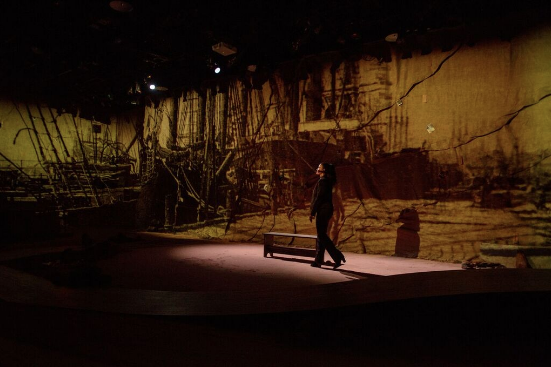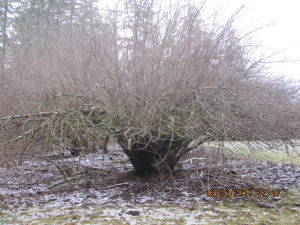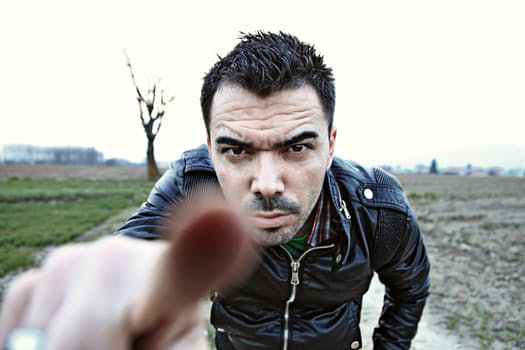Meļaļ: A Novel of the Pacific, Robert Barclay, 2002
- Marshall Islands, #1
- Borrowed from SF library
- Read December 2016
- Rating: 4.5/5
- Recommended for: People who are fed up with working for The Man
This one surprised me. It’s been more than a year since a book on this list was so exciting I couldn’t put it down. And I wasn’t expecting this novel, which is little-known and difficult to source and only has 84 reviews on goodreads (the number of reviews being, sometimes, a more accurate predictor of whether a book will be good than the star rating), to be the one that broke the streak. But it was good, and it got better as it went along, and made a welcome respite from self-published collections of short stories and autobiographies of adventurers recalling their halcyon days in the South Pacific.
It’s a gritty novel, and yet also sweet, with elements of fantasy and adventure. The story takes place on Good Friday, 1981. Rujen Teju, a Marshallese man who works at the sewage treatment facility on the island of Kwajalein, home to the US army base, is having an unrelentingly terrible day. Meanwhile his sons, Jebro and Nuke (named after the bomb), set off on a fishing expedition to visit their ancestral home island of Tar-Wōj, which has been declared off-limits by the US army. And just beyond the limits of human awareness, the hero Ņoniep attempts to cajole the trickster god Etao into helping him defeat the demons who would destroy humanity.
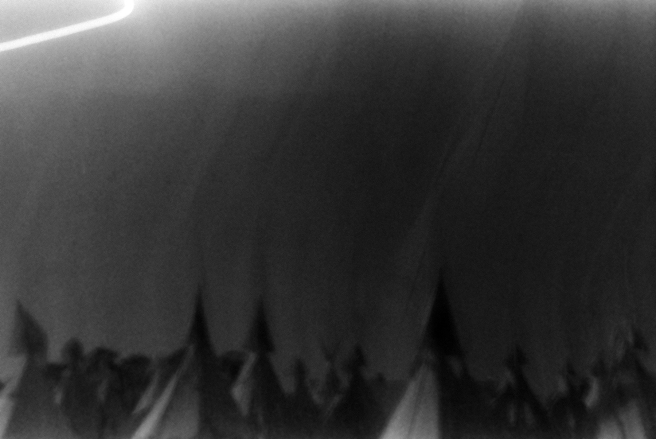 Ireland, 2010
Ireland, 2010
It’s a complicated storyline and it doesn’t seem like it should work. Rujen’s story is depressing realism, his sons’ a thrilling adventure, and Ņoniep’s and Etao’s in the realm of mythology and fantasy. Yet the three threads are woven together almost seamlessly, and together approach a gripping climax that had me glued to my chair even though it was late and I knew the baby was going to wake me up at 6am.
One of the running themes in the book is the displacement and oppression of the Marshallese. The theme is expressed in a myriad of ways: the million daily indignities suffered by Rujen, relocated from his home island to the slums of Ebeye (where all the inhabitants of the atoll are crowded together to make room for the American army base on Kwajalein and missile test sites on the other islands), has to take a ferry home by 5:30 or risk being ticketed for “trespassing” on Kwajalein after curfew. Jebro and Nuke, on their way to visit their father’s home island (where they risk, at best, being arrested for trespassing, and at worst being hit with an American missile in an unannounced test), discuss the rash of suicides among Marshall Islands teenagers, who have nothing to do with their lives but scrounge for American cigarettes and drink American beer. They are lucky to have their father’s underpowered metal skiff to fish; though fishing was the Marshallese way of life for generations untold, now “Ebeye had more broken boats rotting on land than good ones floating in its waters, and…most of the fishing done by Marshallese these days was done by children with cheap Japanese monofilament wrapped around dented beer cans.” In contrast, the American teenagers from the army base have free access to speedboats in perfect condition, which they use to catch tuna and other large fish that they sell to the Marshallese who can’t afford to catch their own fish. Ebeye as seen through the Americans’ eyes–children playing in garbage among circling flies, the stink wafting from the untreated sewage that bubbles up through the drains–is almost as horrifying as it seems to Ņoniep, who can see the demons that feast on illness and pain, bloated and gorging on Ebeye’s inhabitants.
 San Diego, 2005
San Diego, 2005
Perhaps the most egregious abuses of American power can be seen in the memories of Rujen’s late wife Iia, who was exposed as a child to fallout from American nuclear tests:
She said that as a little girl on Rongelap, one morning just before dawn, she saw from a window what she thought was a moon rising in the west. It was so bright that trees, the ground, the lagoon, everything became awash in a reddish glow. Not long after that a tremendous wind blasted in, so strong that some homes were badly damaged and even some of the trees were blown half out of the ground. That seemed to be the end of it, and everybody knew it was from an American bomb, but they were safe from this one, they knew, because they had been evacuated before some of the bombs and this time they were not. She was sick that day, remaining inside, and a few hours later she watched a strange dark cloud, a yellowish cloud, blow over the atoll. An ashy powder began to fall. No one knew what that was, and the other children played in it while it formed a two-inch layer on the ground. Some people thought the powder might be valuable—it was rare—and they collected it in wash tubs. Later it rained, the powder coming down from the sky in the rain and washing into the cisterns. The drinking water turned yellow. It tasted bitter. So did the fish caught that day, having been powdered while in water at the bottom of the canoes.
By that night people began to vomit. Their skin and their eyes and their mouths became inflamed, burning hot. Iia, who had stayed inside and was already feeling sick enough not to want to eat, did not suffer as much as many others, and when everyone was evacuated by seaplane to Kwajalein two days later, she only had to put up with some diarrhea, vomiting, and a little burning and itching. They were confined to a Navy ship in the Kwajalein lagoon, while doctors took their blood and samples of their skin and bone. Iia said she watched the faces of her friends and relatives become red with pain, and after about ten days the hair on their heads and their body hair was falling away, their burned skin was peeling off in patches, their fingernails were becoming discolored and falling off, their fingers bleeding.
Because they were never warned or evacuated, and the Americans had to know which way the wind was blowing, some of the people of Rongelap complained that they had been poisoned on purpose, so that the Americans could test what happens to people as a result of their bombs. She never believed it…She was one of the lucky ones, she said, never suffering from the thyroid cancers that eventually grew in most of the other children exposed that day, but then she always had that trouble having babies, and sometimes, Jebro knew from hearing what he was not supposed to hear, she had jellyfish babies, what some Marshallese women called monster babies because they looked inside out, and finally it killed her.
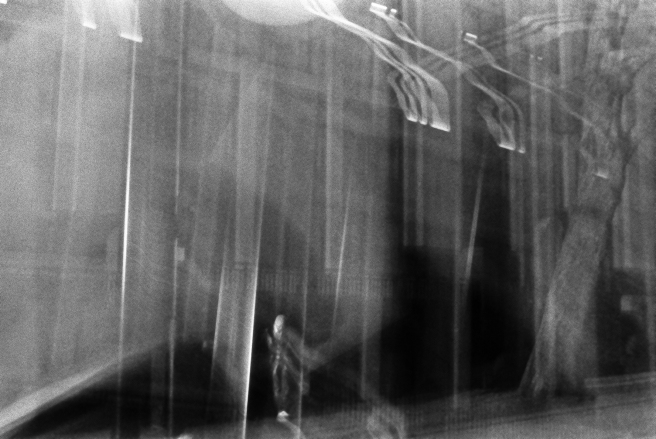 London, 2013
London, 2013
I don’t want to make it seem like the whole book is just a grim accounting of injustice and oppression. Barclay’s depiction of inequality is both unobtrusive and unrelenting; it is simply a part of everyday life in the Marshalls. The story is driven in part by these inequalities, and seeks to address them, but unlike in L’Île des rêves écrasés, they are wound into an exciting plot and a book, that despite its dark undercurrents, is a thoroughly enjoyable read.
The last year of reading has been a pretty constant reminder of the atrocities perpetrated by colonialism: the French nuclear tests in Polynesia; the drafting of Papuans into World War II by the Australians; the British conscription of Indians to work land stolen from the iTaukei in Fiji; the mass displacement of Kanaks in New Caledonia. This is the first depiction of colonialism by Americans, and it is as shameful and horrifying as anything else I’ve read so far. We should remember that thousands of people were displaced to make room for weapons testing, some of them to uninhabitable islands where they died of starvation. We should remember that after it was hit with nuclear fallout in 1954, Rongelap atoll was not fully evacuated until its people appealed to Greenpeace for rescue thirty years later. It is worth remembering too that, though the Marshall Islands gained their independence in 1990, we still have an army base on Kwajalein, that Bikini and Rongelap atolls are still uninhabitable, and that a large proportion of the Marshallese population is still displaced, many of them living in crowded poverty on Ebeye. We don’t learn these things in school, but they are our country’s crimes, and we must take responsibility for them. Sometimes it feels like the parade of things for which we must be ashamed is endless; where will it stop? How can we ever live with ourselves if all we are allowed to feel is endless shame? And yet we can’t stop being ashamed, not ever, not while we allow such atrocities to be perpetrated in our names.
Here’s the thing, about people who want to make America great “again”–either they don’t realize, or they don’t care, that our so-called greatness has always been bound up in the terrible things that we do. Our country was founded on the labor of slaves. The primacy of the nuclear family, the decline of which causes so much hand-wringing among conservatives, was entirely dependent on the subjugation of women. And our reputation for military might is inseparable from our willingness to test nuclear weapons on people who were too poor and too few to stop us. And yes, I think for some (maybe many) on America’s right, the subjugation and destruction of people who aren’t straight white men is a feature, not a bug. But for those who want to paint an idealized view of the past, who want to dismiss so much wanton death and pain as side issues, I would point out that never, in our history, have we had one without the other. The happiness of some has always required the pain of others. I would like to believe, despite the evidence of history, that this is not necessary. That we can be better. We have to be.
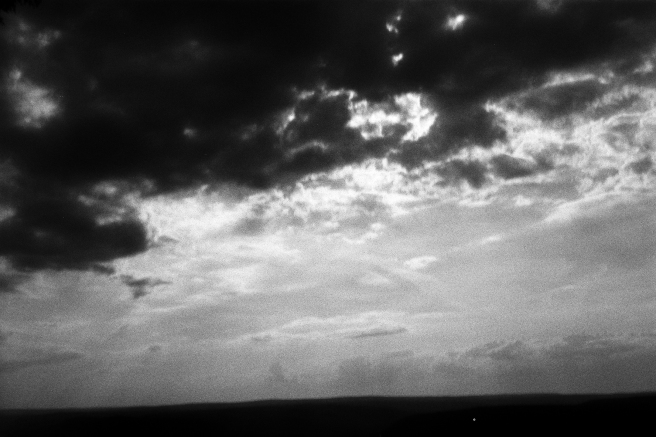 Pennsylvania, 2010
Advertisements
Share this:
Pennsylvania, 2010
Advertisements
Share this: